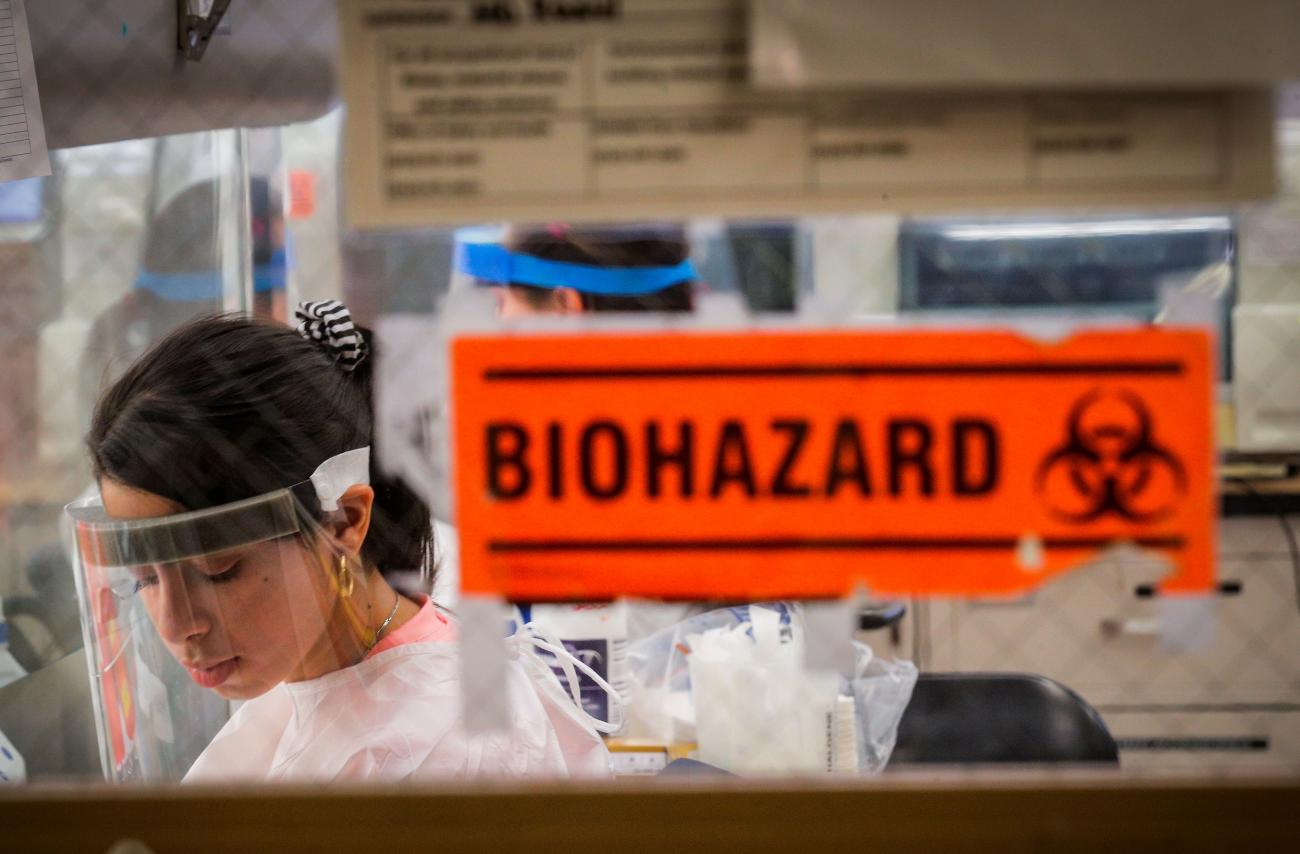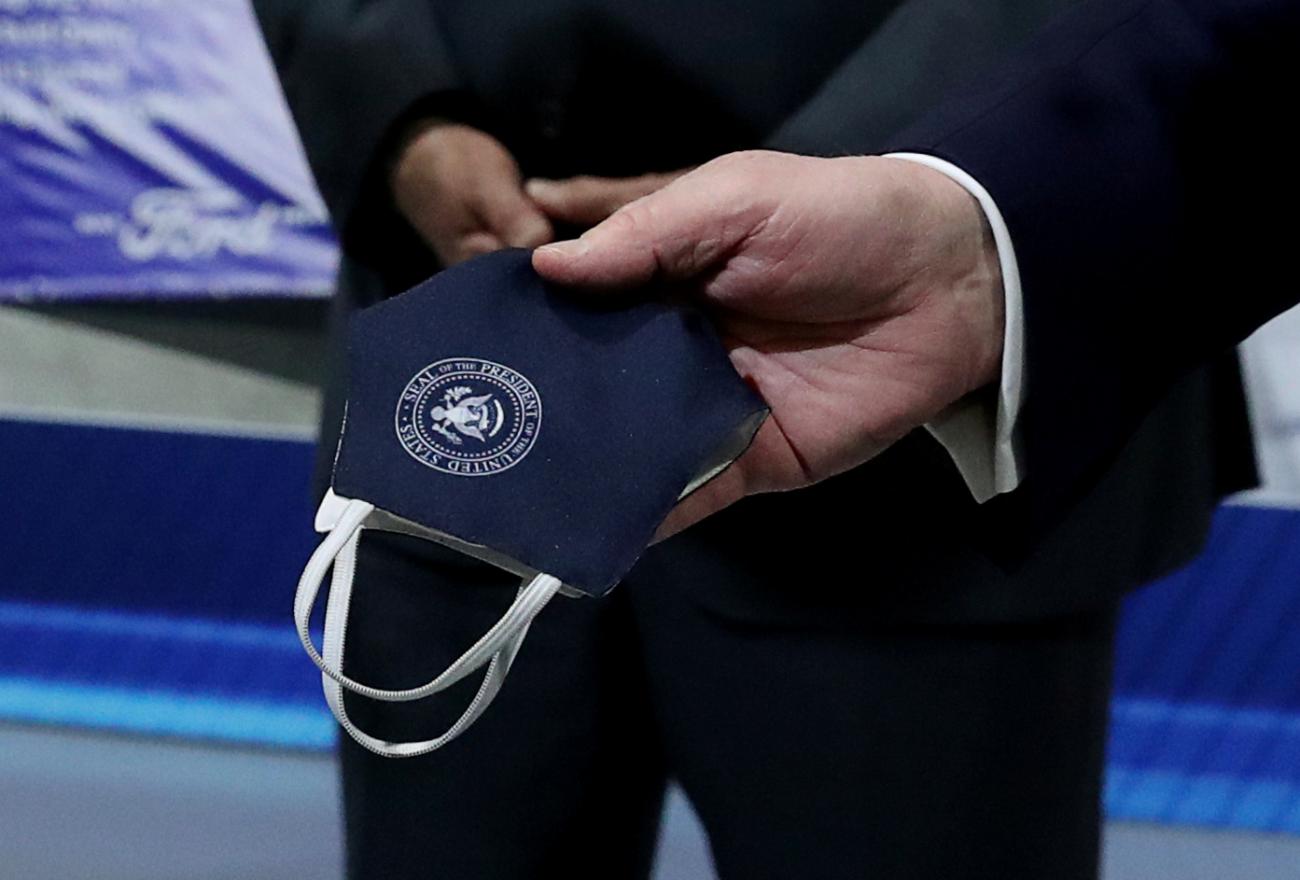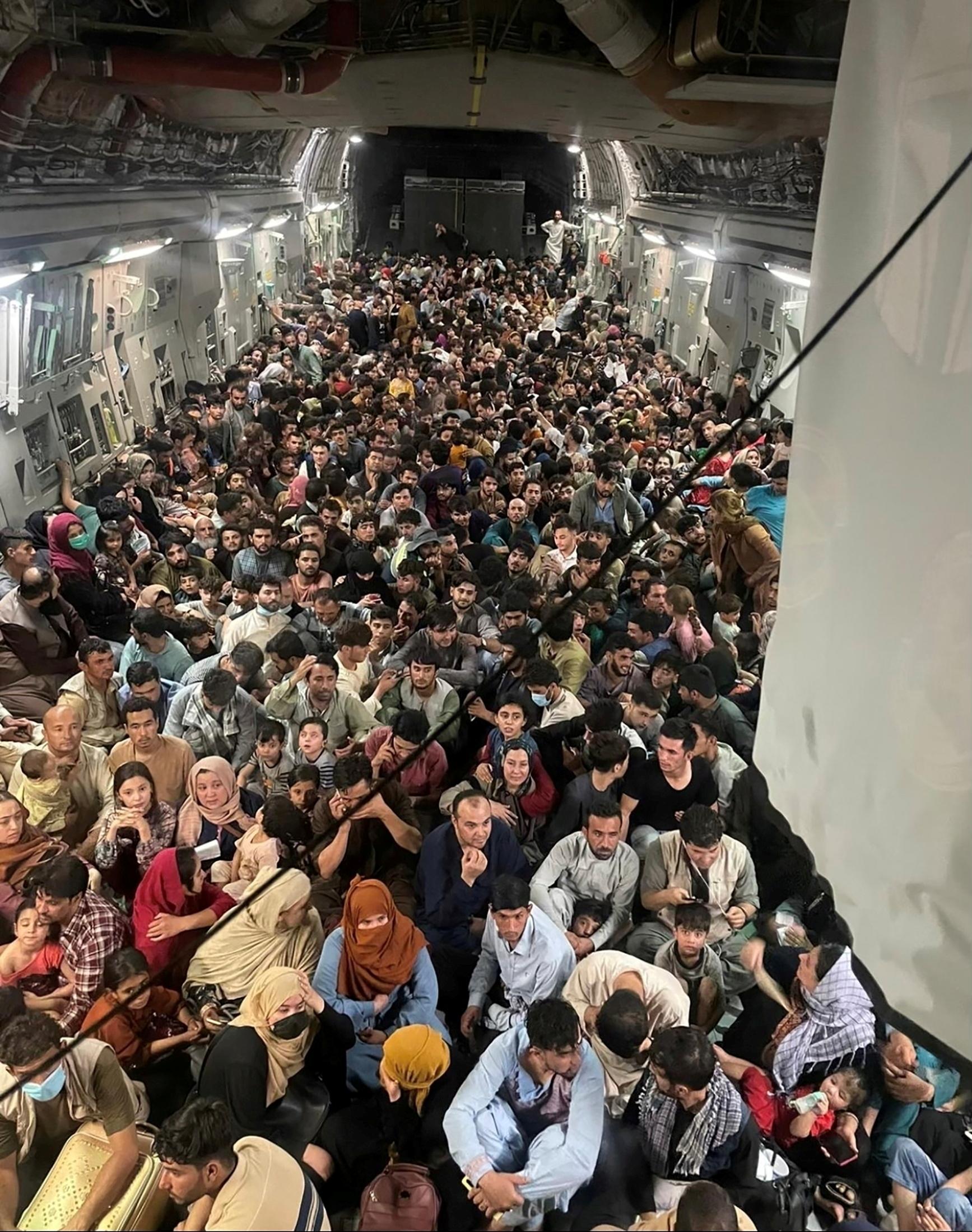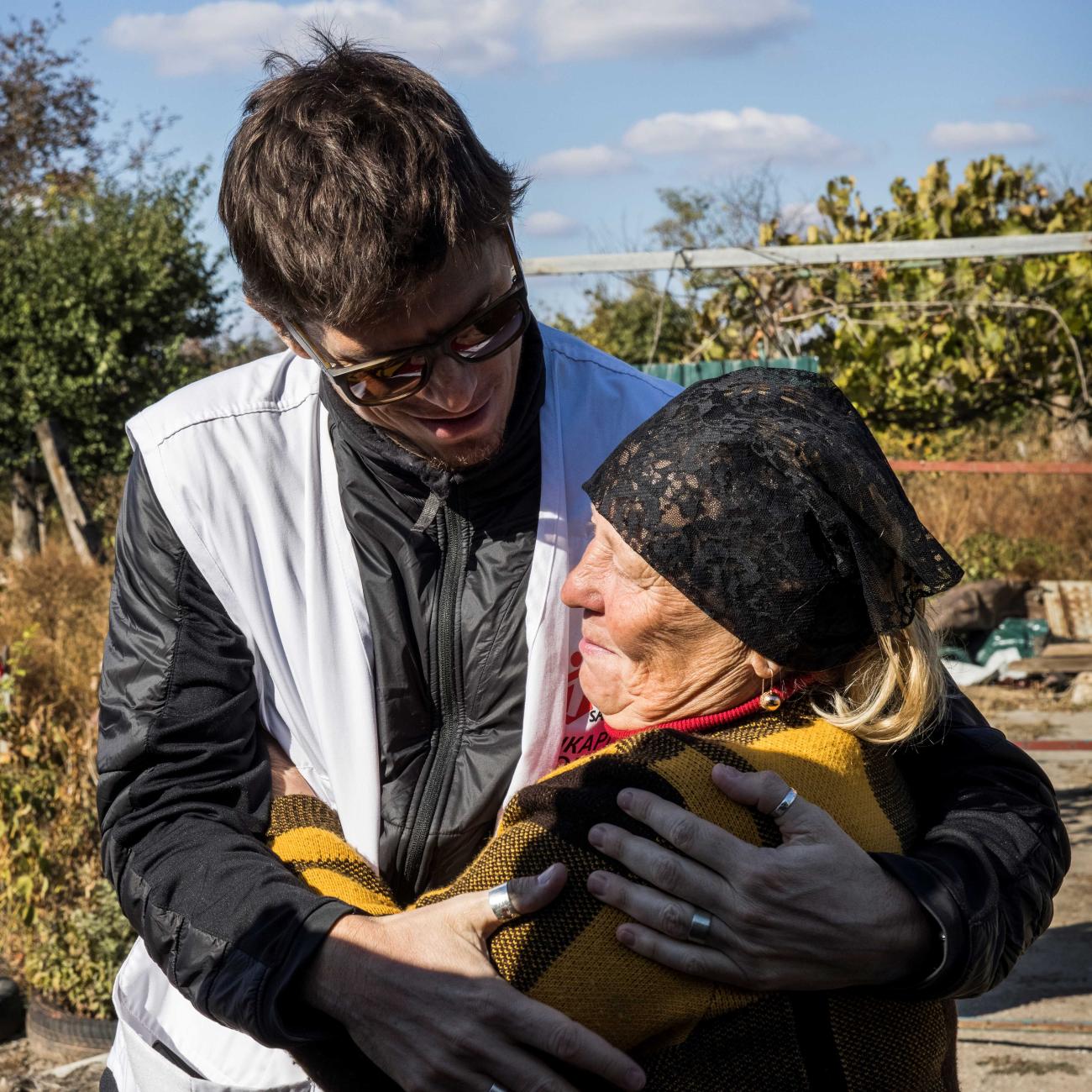From the start, the administration of President Joe Biden has used “health security” and “global health security” as policy lodestars for the COVID-19 crisis and the health challenges the pandemic has produced. In this, the administration is not alone. These concepts have become ubiquitous in policy discourse about ending this pandemic and preparing for future ones. However, the pandemic exposed U.S. policy failures accumulated over decades under the banner of health security. Indeed, these failures constitute one of the worst policy debacles in U.S. history. Why, then, is health security again at the forefront of U.S. policymaking?
COVID-19 proved that disease outbreaks can damage U.S. security
The Big One
The straightforward answer is that COVID-19 proved that disease outbreaks can damage U.S. security. Pre-pandemic efforts to frame serious disease events as security threats were prescient, even if they proved Cassandra-esque rather than effective. Nevertheless, the argument goes, the policy failures before and during COVID-19 should not banish concepts the salience of which the pandemic has demonstrated.
Fair enough, but the COVID-19 calamity was so significant that the concepts driving policy should not escape interrogation. For over two decades, the United States has conceptualized naturally occurring infectious diseases as security threats, and the U.S. government has justified strategies, policies, legislation, initiatives, and billions in spending as necessary to prevent epidemics and pandemics from damaging the country’s security. Novel pathogens transmitted between humans through respiratory means, especially influenza viruses and coronaviruses, constituted the greatest threat. The consistency and longevity of this approach make it difficult to separate the raison d’être of the policies from the results produced.

Well before COVID-19, experts raised concerns that U.S. policies for protecting the nation’s security from pathogenic threats were inadequate. Many argued that policies oscillated between crisis and complacency, leaving the United States vulnerable. A CFR task force asserted that the pre-pandemic pattern is more aptly described “as consistently complacent.” These criticisms highlighted that, prior to COVID-19, neither the security framing nor the policies adopted produced health security.
When a top-level threat—a novel coronavirus exhibiting human-to-human transmission—emerged, the United States was unprepared and led by an administration that was unable and unwilling to coordinate a domestic response, refused to follow science, thrived on politicizing public health interventions, and rejected international cooperation. The consequences proved horrifying in terms of the deaths, illnesses, health-care system trauma, economic damage, social disruption, exacerbated inequalities, and the global loss of U.S. credibility. For the United States, the failure before and during the pandemic was “the big one” for health security, deserving of a place next to Pearl Harbor and 9/11 as epic policy disasters.

Doing the Same Thing, Expecting Different Results?
And yet, under the Biden administration, health security is the driving justification for policy on ending the COVID-19 crisis and preparing for the next pandemic. The damage the pandemic inflicted on an unprepared United States makes any other choice politically impossible. Even so, the breadth and depth of the health security calamity demand probing whether—and how—this strategy can produce better outcomes.
The administration’s U.S. COVID-19 Global Response and Recovery Framework reflects ideas that the United States has long pursued in the name of health security, including U.S. global leadership, engagement with the World Health Organization, improved global surveillance, strengthened health systems, and accelerated development and deployment of medical countermeasures against pathogenic threats. The administration is not reinventing what health security means or rewriting the playbook.
The perennial claim that a harmony of interests exists between low-income and high-income countries on health security was threadbare before COVID-19
In that sense, and as Celia Almeida discusses in her contribution to this series, long-standing controversies about health security have resurfaced in the pandemic’s wake. At the global level, a persistent problem has been cynicism in low-income countries that global health security means strengthening national health security for high-income countries. The perennial claim that a harmony of interests exists between low-income and high-income countries on health security was threadbare before COVID-19. The behavior of the United States and other high-income countries during the pandemic has thoroughly shredded that proposition. In a common health security crisis, “no one is safe until everyone is safe” has not been a principle identifiable in the responses of high-income countries, especially concerning vaccine access. In health security, as with all security issues, there is a hierarchy, not a harmony, of interests.
The Global Response and Recovery Framework contains elements that could make the hierarchy of interests less brutal, including promises to increase global vaccine supplies, address humanitarian needs created by COVID-19, and support equity and diversity in policies. However, achieving a kinder, gentler hierarchy of interests will prove difficult. The spread of the Delta variant, along with the potential need for vaccine boosters, demonstrates that health insecurity continues in high-income countries. Even worse, wildfires, droughts, floods, and extreme heat events hammer home that climate change endangers health in high-income as well as low-income countries. The need to mitigate domestic health insecurity constrains what the United States will and can do for health security in low-income countries in the face of transnational threats.

The ongoing divisiveness of U.S. domestic politics magnifies the need for the administration to prioritize national health security even as health insecurity in low-income countries grows and metastasizes. The administration’s promise to ensure that foreign-policy decisions benefit the American middle class recognizes this domestic political imperative. With COVID-19 and climate change increasing health insecurity everywhere, this promise hardens the hierarchy of interests in health security policy.
The administration also faces tensions on health security related to geopolitical and ideological competition in the international system. In its rivalry with China, the United States cannot afford another pandemic debacle and thus, must improve its preparedness and response capabilities. Simultaneously, the pandemic demonstrates that global health constitutes a realm of great-power competition. This reality creates incentives for the United States to demonstrate global health leadership, but the strategic purpose centers on preserving U.S. power and influence and projecting the U.S. vision of democracy—objectives that complicate efforts to align national interests on health security across an increasingly divided international system.
Doing Something Different, Getting the Same Results?
These transformed conditions in health security, domestic politics, and geopolitical and ideological competition mean that the Biden administration is not merely doing the same thing and expecting different results. The severity of the health threats, and the national and global stakes of U.S. success or failure, will relentlessly test the U.S. government for years to come. Even with a health security strategy, the administration, according to the CSIS Commission on Strengthening America’s Health Security, still lacks a “coherent leadership team” and is “beset by personal and institutional rivalries, including active resistance from some quarters of the domestic response team.”
In these challenging circumstances, made more difficult by the U.S. policy disaster in Afghanistan, the administration is embarking on an unprecedented effort to build better national pandemic defenses, strengthen collective pathogenic defenses with other democracies and like-minded states, and improve collective health security globally. These lines of effort align with how the United States has approached and set priorities in other security contexts—national readiness, collective defense with allies, and, where appropriate and feasible, collective security among all nations. Perhaps this alignment will mean that the United States finally takes health security seriously at home and abroad, which could help avoid another debacle when the next dangerous pathogen menaces the world.






